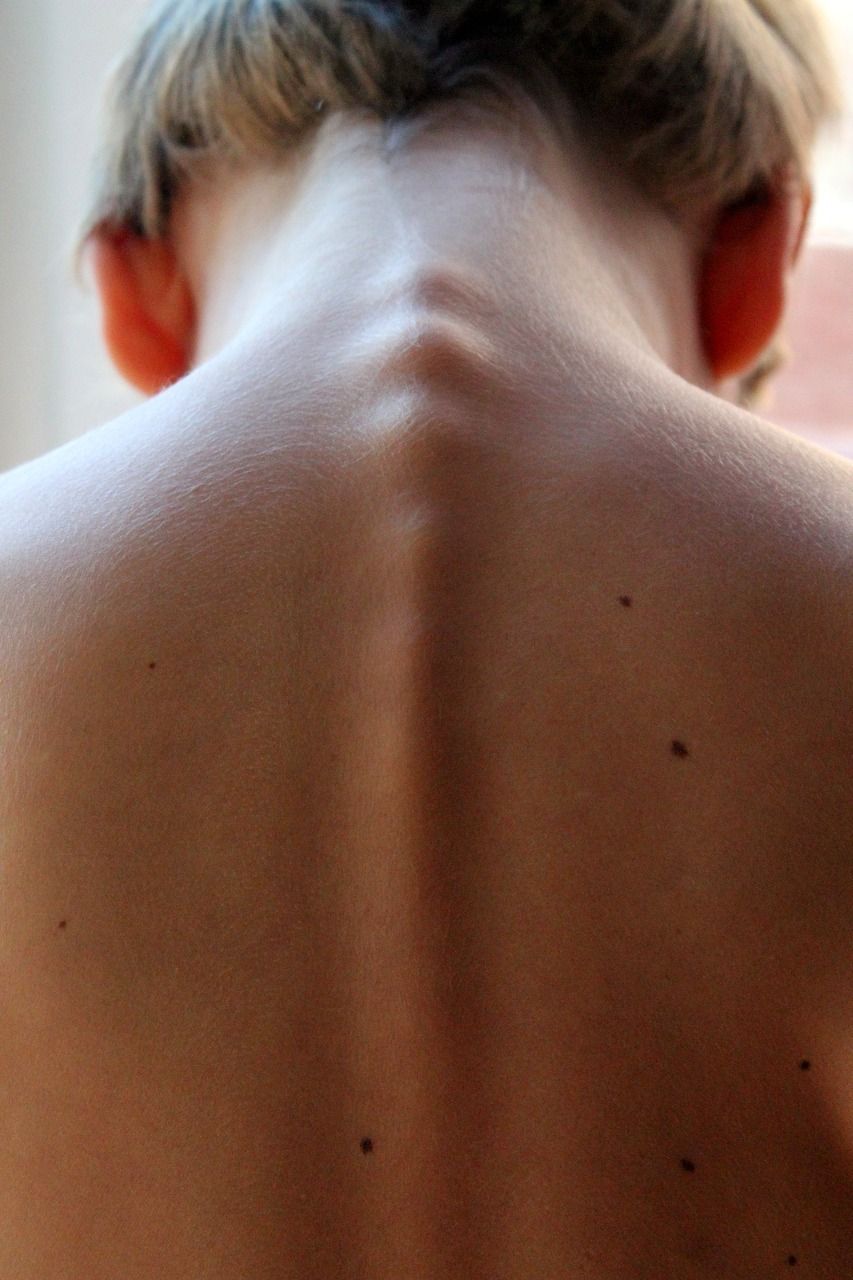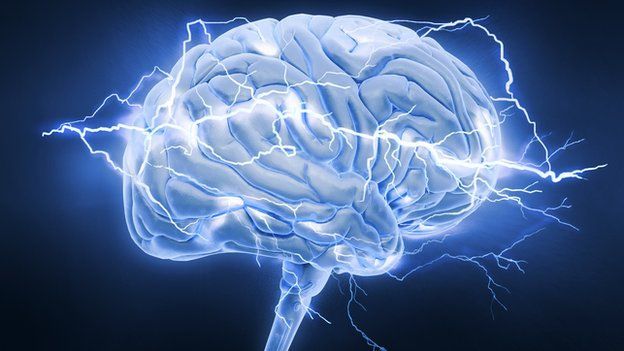How the Epley Maneuver Helps to Relieve Vertigo
The Epley maneuver is a common treatment of the vertigo associated with the inner ear disorder benign paroxysmal positional vertigo (BPPV).
BPPV is the most common cause of vertigo, a symptom that causes a spinning sensation and quality of life concerns if left untreated. The Epley maneuver is a safe and effective treatment method for BPPV. It’s even appropriate for at-home use as long as it’s modeled correctly first.
How the Epley Maneuver Works
Dizziness from conditions like BPPV is caused by a problem affecting the calcium carbonate crystals, also called otoconia or canaliths, in the inner ear. These calcium crystals, or “ear rocks,” relay your body’s position to your brain and help detect motion.
When these crystals are dislodged from the utricle and migrate to other areas of the inner ear canal, it can cause miscommunication within your vestibular system. The result is disorientation and extreme dizziness, or vertigo .
Canalith repositioning maneuvers work by moving those crystals back to where they belong. These maneuvres include the Epley maneuver, Semont maneuver, Brandt-Daroff exercise, and the half somersault.
When to Try the Epley Maneuver
The Epley maneuver is a good vertigo exercise to try if you have been diagnosed with BPPV or are experiencing symptoms of BPPV. Those symptoms include:
- Vertigo
- Nausea and vomiting
- Unsteadiness
- Lightheadedness
- Nystagmus (uncontrolled eye movements)
- Tinnitus (ringing in the ears)
The Dix-Hallpike test is a common diagnostic tool for BPPV. The test is similar to the Epley maneuver in that it works by triggering vertigo symptoms. If you’re not sure whether it’s your left ear or right affected by the condition, the test can help determine that.
If you’re not sure whether you have BPPV, talk to your doctor before attempting any canalith repositioning procedures like this one. Vestibular disorders like Ménière’s disease, inner ear infections, and even migraines can cause vertigo.
When it comes to BPPV, the Epley maneuver is considered very effective , particularly in elderly patients.
How long does it take the Epley maneuver to work? Many patients experience immediate results after one treatment. Some may need a few treatments for longer-lasting results. In others, BPPV can be a recurring condition. You may need to return to the Epley maneuver if symptoms return down the line.
How often can you do the Epley maneuver? You can do the Epley maneuver several times per day until symptoms subside. Some providers recommend attempting the maneuver up to 3 times per day.
Your healthcare provider will guide you in the treatment plan that works for you.
How to perform the Epley Maneuver
Before attempting the Epley maneuver, you’ll need to know more about your particular case of BPPV.
How do you know which side to do the Epley maneuver? To know which side to do the Epley maneuver, you need to identify the side that causes your vertigo symptoms. If you lie on your right side and vertigo symptoms occur, the right ear is the affected side.
You’re now ready for the Epley maneuver.
Here’s how to do it:
- Start seated on a bed or bench with your legs hanging over one side.
- Turn your head 45° toward the side affected by vertigo.
- Lie down on your back with your head reclined. Stay in that position for 30 seconds.
- Turn your head to the other side at a 90° angle. Stay in that position for 30 seconds.
- Turn your entire body to that same side.
- Hold the position for at least 30 seconds or until vertigo symptoms subside.
- Return to your original seated position.
You’ll know the maneuver has worked if your vertigo is gone.
Can I do the Epley maneuver myself? You can do a modified Epley maneuver by yourself, but you should not attempt the technique by yourself for the first time.
Your physical therapist, chiropractor, or other healthcare provider may show you how to do a modified version at home to treat vertigo symptoms.
If you’re considering self-treatment, you should know that the Epley maneuver done incorrectly could worsen symptoms. Severe side effects like stroke are exceedingly rare. In fact, there is only one reported case of stroke following the maneuver. It is generally considered safe and effective.
If you’ve tried the maneuver several times and your vertigo has not gone away, follow up with your doctor or therapist to make sure you’re doing the movements correctly.
After the Epley Maneuver
Following instructions from your therapist after your treatment will give you the best chance to prevent vertigo symptom recurrences.
What should you not do after the Epley maneuver? You should not drive for 10-15 minutes after the Epley maneuver because the treatment may trigger vertigo symptoms.
Here are a few more tips after the Epley maneuver:
- Avoid sleeping flat the night following your treatment. A recliner chair or pillow arranged up to a 45-degree angle works well.
- Sleep on the side not affected by BPPV symptoms for at least a week after the maneuver.
- Try to avoid sudden movements or head positions that are common triggers for vertigo. This includes exercises that place you on your back or cause rapid head movements, like sit-ups.
Talk to your doctor If you’re dealing with persistent vertigo or other BPPV symptoms. If you experience more serious symptoms like problems with your speech or hearing, seek medical attention immediately. You may need a neurology or audiology consult.
Chiropractic care can also be an important component of your vertigo treatment plan. Problems with the upper cervical spine cause many cases of vertigo.
Ready to get to the root of your problem with chiropractic care? We’re currently accepting new patients at our Ball Ground office.
Sources
- Barozzi, S., Socci, M., Ginocchio, D., Filipponi, E., Martinazzoli, M. G., & Cesarani, A. (2013). Benign paroxysmal positional vertigo and tinnitus. The international tinnitus journal, 18(1), 16-19. Abstract: https://pubmed.ncbi.nlm.nih.gov/24995895/
- Gaur, S., Awasthi, S. K., Bhadouriya, S. K., Saxena, R., Pathak, V. K., & Bisht, M. (2015). Efficacy of Epley’s Maneuver in Treating BPPV Patients: A Prospective Observational Study. International journal of otolaryngology, 2015, 487160. Full text: https://www.ncbi.nlm.nih.gov/pmc/articles/PMC4606415/
- Uz, U., Uz, D., Akdal, G., & Çelik, O. (2019). Efficacy of Epley Maneuver on Quality of Life of Elderly Patients with Subjective BPPV. The journal of international advanced otology, 15(3), 420-424. Abstract: https://pubmed.ncbi.nlm.nih.gov/31846923/
- Hughes, D., Shakir, A., Goggins, S., & Snow, D. (2015). How many Epley manoeuvres are required to treat benign paroxysmal positional vertigo?. The Journal of laryngology and otology, 129(5), 421-424. Abstract: https://pubmed.ncbi.nlm.nih.gov/25816719/
- Moore, P., Le, T., Blakley, B., Beiko, J., & Meen, E. (2018). Hemorrhagic stroke after Epley maneuver: a case report. Journal of otolaryngology – head & neck surgery = Le Journal d’oto-rhino-laryngologie et de chirurgie cervico-faciale, 47(1), 25. Abstract: https://pubmed.ncbi.nlm.nih.gov/29631624/


Ready to Make an Appointment?
We serve patients in Ball Ground, GA.

